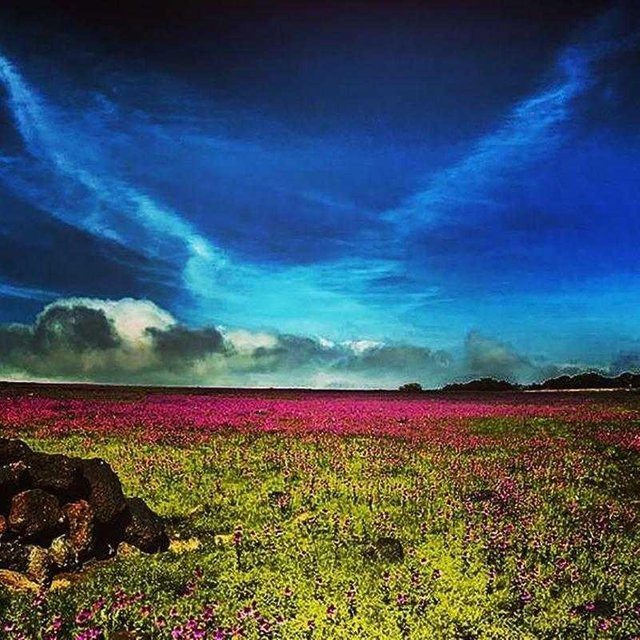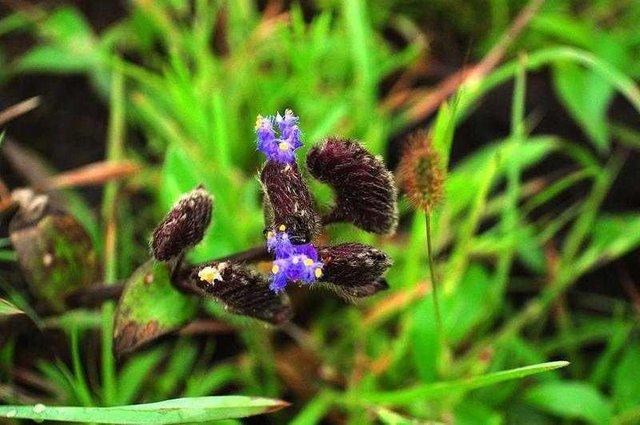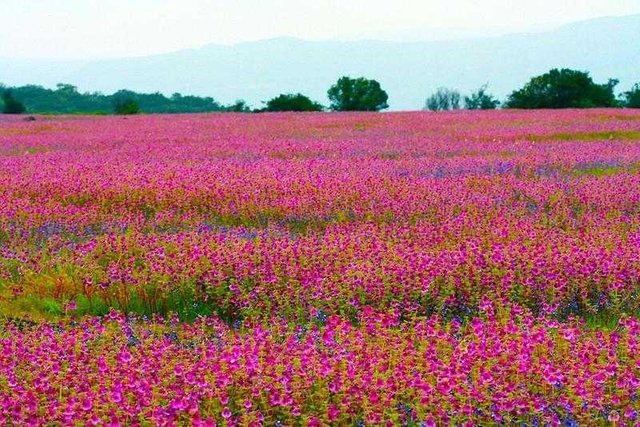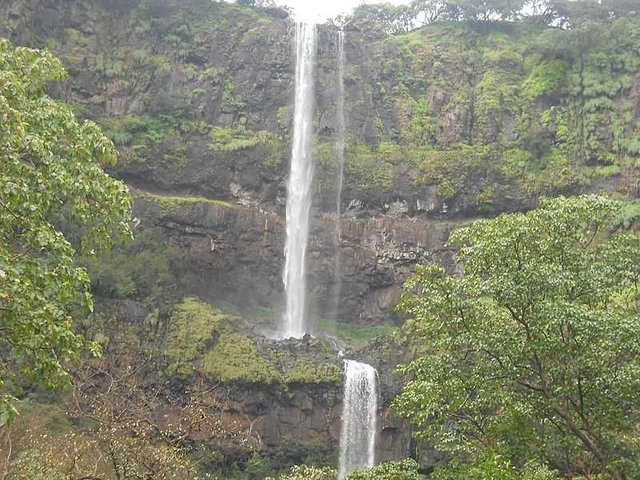World Heritage Site, The Kaas Plateau-India
The plateau is formed from basalt rock, which is constantly exposed to erosion processes. The surface is barely covered with a thin layer of soil, its thickness in places not exceeding one inch. Therefore, in the highlands, you can only occasionally encounter dwarf trees and shrubs, especially here is the natural herb. The highland soil is infertile, and the water in this area can only accumulate due to irregularities of the basalt.
In the highlands, you can observe the natural cycles of extreme weather conditions with cold and hot summer seasons. The maximum summer temperature is set to about 45 degrees, while the winter in the highlands is also dry with an average temperature of about 5 degrees Celsius.
The Kaas Plateau is a biogeographic region with a unique level of diversity, including seasonal wildflower species and many endemic butterflies that appear here at the end of summer are very interesting. In this reserve area there are more than 850 species of flowering plants, among which there are rare specimens, such as orchids (which bloom lasting from 3 to 4 weeks) or carnivorous plants of the Drosera indica species.
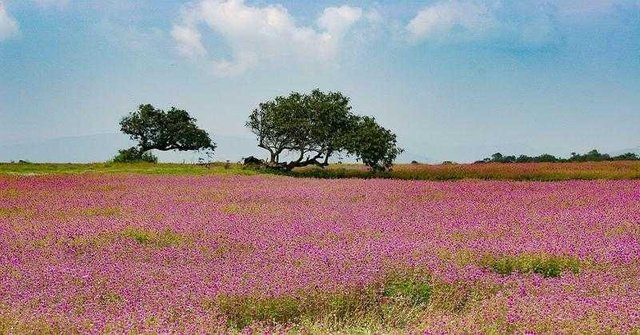
Of all the diversity of this vegetation, 624 species are included in the Red Book, 39 of which belong exclusively to the Kaas region. During the monsoon season (August to October), the grassland plateau turns into a flowering carpet. As in many such reserves, there is a very thin natural ecosystem, the number of visitors is strictly regulated and usually the number of passes does not exceed 3 thousand per day.
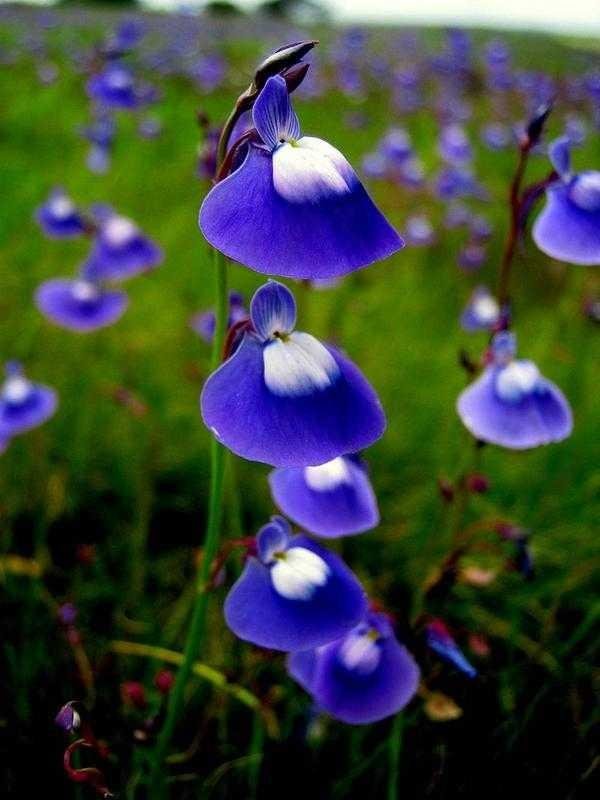
The great Kaas Plateau in recent years, since the mid-70s of the XX century, is under the supervision of scientists. What is interesting to learn is the endemic flora in this area. Deep explained the pollination of a number of rare plants, studied some species of moss and about 15 species of macroalgae.
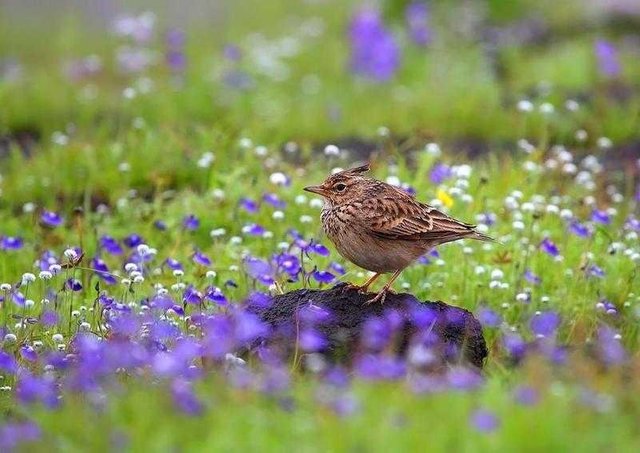
More than 200 species of birds were studied, observations were made on fish and spiders. During the last ten years the systematic registration of the Kaas highland fauna has been done. In 2004-2006. The Department of Science and Technology has funded a project to study the rocky highland vegetation. In the sampling area (25 square meters), 40 species of grass were recorded, and with further studies, 29 other species were described, showing a variety of unique herbaceous plants.
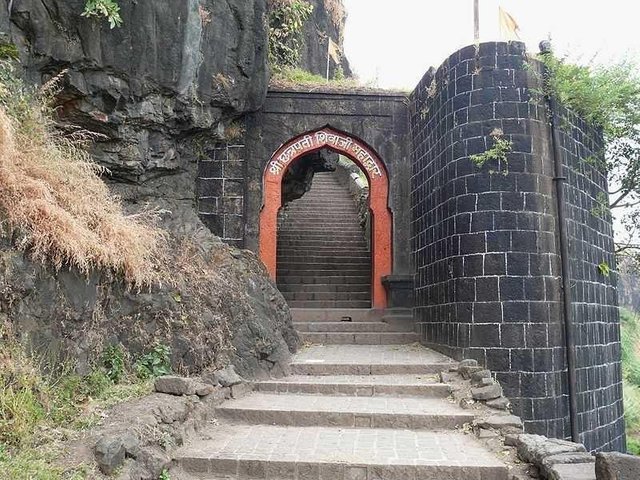
Tourist interest is another place, located around Satara. This Sajangad fortress is a place of pilgrimage. Previously, this fort was known as Aslawalan Rishi shelter, he lived here for many years in ancient times. Time passed, and the citadel began to be called Asvagliagad, as many bears roamed the area. The fort was built in the 14-15th century. ruler of the Vijaya Nagar Empire Bagamani, then the fort was captured by Mughal and renamed to Navaristar. More than once the castle changed its name, it was captured by the British, until finally got its name now - Fort Sajangad.
The scenery of these places is also the Vajray waterfall, located near Sahyadri hill, 260 meters high. Under the Urmody River, which starts at the waterfall, is a dam. In the south of the Kaas plateau there is a lake of the same name, surrounded by lush vegetation. Located between the Sajangad fort and the dam at Urmody.
